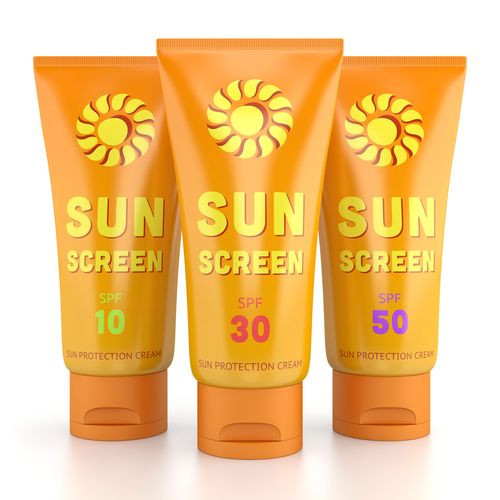The FDA's Sunscreen Problem: Ingredient Standards Haven't Been Updated In 15 Years, Despite Advances Overseas

With the warmer weather approaching, it’s important to remember to be smart when exposing your skin to the sun. It helps to protect against premature aging and sun damage. The most recent numbers show that in 2010, “9,154 people in the United States died from melanomas of the skin, including 6,002 men and 3,152 women,” according to the Centers for Disease Control and Prevention. So why hasn’t the Food and Drug Administration updated their sunscreen ingredients for protecting against the most common form of cancer in the United States?
According to a recent article from The Washington Post, it’s because “applications for the newer sunscreen ingredients have languished for years in the bureaucracy of the Food and Drug Administration, which must approve the products before they reach consumers.”
In other words, the red tape of getting things done is what’s holding back newer and more effective products from coming to market. Meanwhile, in other European countries, they are using the newest and most effective ingredients for protecting against sun damage.
Since 1999, the FDA has not expanded its list of sunscreens. There are currently eight ingredient applications that are pending patents, including Tinosorb S, Tinosorb M, and Mexoryl SX, also known as ecamsule, The Post reported. Some of the eight are going on the 11th year waiting for approval — a shame since a few may provide broader protection.
In a statement, the FDA defends its lack of accountability saying that Americans, “have access to a great number of sunscreen products.” It also told The Washington Post that it recognizes the public health importance of sunscreen “is proceeding as quickly as practicable given available review resources and competing public health responsibilities.”
The odd thing is the FDA has approved a number of new treatments for treating melanoma. So, they are willing to treat the problem instead of preventing it. “It’s sort of crazy. ... We’re depriving ourselves of something the rest of the world has,” Darrell S. Rigel, clinical professor of dermatology at New York University told The Post.
The Environmental Working Group (EWG) conducted a review of sunscreen products in 2013 and found one quarter of them, “offer good skin protection and are free of ingredients with serious safety concerns. But many fall short.”
Unfortunately, there isn’t a definitive answer as to why the FDA is so far behind on approving these patents. “One factor may be misleading sunscreen marketing: hype that causes people to believe, wrongly, that their products are blocking harmful rays,” EWG said. This might lead to the FDA postponing these ingredients, since many people are not aware that these ingredients are over 15 years old and new formulas are available.



























